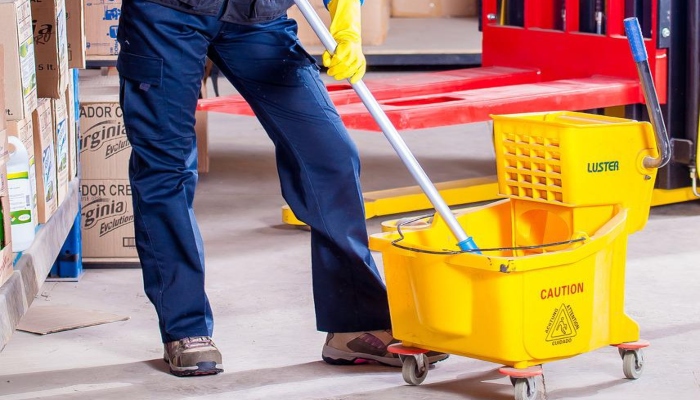When you think about it, your customers and employees may share the same space in some areas of your facility or work environment. Clients and customers may not have access to restricted areas, but they may enter the same spaces where your employees perform their duties.
For example, both your customers and wait staff make up the traffic on a restaurant floor. And clients, vendors, visitors, and other stakeholders may walk around your facility and enter areas where your employees conduct their work. Because customers and employees can share spaces in some workplaces, it makes sense to make these shared spaces safe for all.
Here are four ways to keep your customers, employees, and workplaces safer.
1. Maintain Good Air Quality
Good air can often go unnoticed. But the moment the air turns bad, the atmosphere can instantly feel uncomfortable and unsafe.
Bad air proliferates viruses and germs. Make everyone feel safe about the air they breathe with a good HVAC system and proper ventilation. Consider investing in power ventilation systems that ensure optimal air quality. Also, maintain clean indoor air with best practices such as complying with the facility’s smoking policy, disposing of garbage promptly and properly, and monitoring indoor moisture.
2. Eliminate Slip and Fall Hazards
Slips, trips, and falls are the most common injuries among workers. And customers who share the same space as your employees are at equal risk.
Eliminate basic hazards to create a safer environment, starting with removing objects that can obstruct the safe flow of traffic in walkways. Keep floors dry and clean; monitor for wet floors and wipe them away immediately. Make sure stairwells are clear and free from unsecured objects, such as unsecured rugs or carpets. Ensure power cords are not creating obstacles in walkways.
3. Effective Lighting
Use appropriate lighting that increases visibility effectively without glare or shadows that strain the eyes. Employees and customers can’t avoid hazards if they can’t see them. Poor lighting can not only drive away customers but can also pose a safety concern. Ensure you have proper lighting illuminating areas and do not create shadows that can create hidden hazards, such as a step or uneven ground.
Remember that poor lighting can also increase the risk of accidents by causing eye strain, headaches, fatigue, and stress. Excessive lighting can be glaring and also cause problems.
4. Well-Placed Signs and Warnings
Ensure proper and clear signs and warnings are placed in all necessary parts of the business to prevent unnecessary safety hazards – from fire escapes to ‘do not enter’ zones to ‘wet floor’ signs. Call attention to potential problems and hazards. Properly placed signs and warnings increase awareness and attentiveness. Without them, employees, customers, and visitors would not have the potentially life-saving direction in times of crisis.
Well-placed signs and warnings may also limit the property owner’s liability if an accident were to arise as a result of a preventable accident. For example, a customer might enter a restricted area and get into an accident. Because the entrance to the area clearly shows that it is off-limits to non-employees, you would have legal protection, and the customer cannot sue you for negligence.











